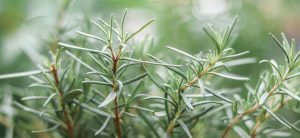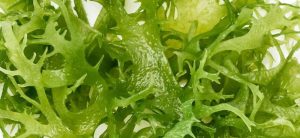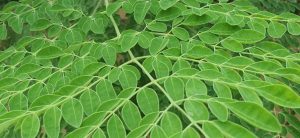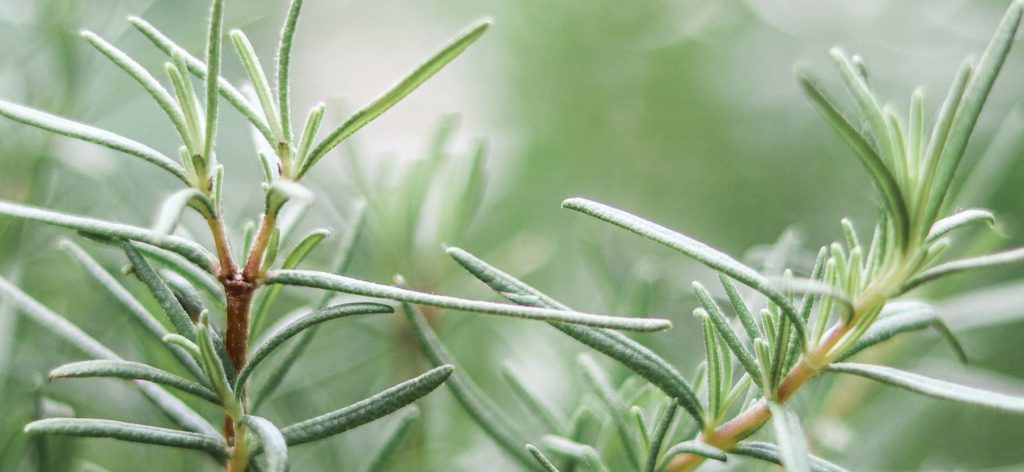Our Bodies are constantly under attack from free radicals that scavenge cells in our body. Free Radicals are formed when an atom loses one of its electrons by way of oxidation which can occur from exercise, stress, poor diet, pollutants, chemicals or simply by breathing. Free radicals can damage our healthy cells and cause premature ageing, damage to our DNA, heart disease and cancer. Antioxidants stop the cascade of free radical damage by donating an electron to the unstable free radical, stopping its destructive pathway and rendering it harmless. There are hundreds of antioxidants. The most well known ones are glutathione, Vitamin C, beta-carotene, lutein, alpha-lipoic acid and Vitamin E, just to name a few! You will find these amazing molecules in rich, colourful fruits, veggies, herbs and spices.
1) Chaga (Inonotus obliquus)

Chaga is the most antioxidant rich food in the world. This wild fungus grows on birch trees right here in Ontario. Chaga is five times more concentrated in antioxidants than acai and blueberries! This “king of mushrooms” contains a high amount of Superoxide Dismutase (SOD), which is a major antioxidant. Chaga has been shown to reduce free radical damage and assist in rebuilding tissue for the skin, inflammatory diseases, rheumatoid arthritis, neurodegenerative diseases, diabetes and the immunity system. Can be found in teas and tinctures.
2) Rosemary (Salvia rosmarinus)

This widely known culinary herb not only tastes great but also has an extremely high amount of antioxidants. The most active antioxidants in rosemary are carnosic acid, carnosol, rosmarinic acid and hesperidin. When these components are extracted in an oil base they can help with inflammatory diseases, diabetes, improve circulation, blood vessel conditions and recent studies have been looking at rosemary extract to replace harmful preservatives in food!
3) Cinnamon (Cinnamomum verum)

Spices contain a very high amount of antioxidants. True cinnamon, also known as ceylon cinnamon contains Superoxide Dismutase (SOD), cinnamaldehyde and 41 other volatile compounds that have antioxidant properties. Like rosemary, cinnamon is also being used as a preservative for food. This study shows how cinnamon plays a key role in the advancement of human health. A great way to get your dose is through a hot chocolate mix.
4) Chlorella (Chlorella vulgaris)

Chlorella is a single-celled freshwater algae. This bright green algae has a cell wall so hard, not even human digestive acids can break it down and it must be taken as a supplement. Chlorella also contains a wide range of antioxidants such as vitamin C, beta-carotene and lutein. Clinical trials have suggested that supplementation with C. vulgaris can help with hyperglycemia, and protect against oxidative stress, cancer and chronic obstructive pulmonary disease. An exceptional dietary supplement.
5) Moringa (Moringa oleifera)

The moringa tree originated in India and has been used for centuries due to its antioxidant and anti-inflammatory properties. The leaves from the moringa tree contain an extremely high amount of iron, vitamin C, potassium, calcium, vitamin A, fibre, antioxidants and is also a complete protein. This study shows how essential moringa’s antioxidants are when it comes to antimicrobial, antidiabetic, anticancerous and anti-inflammatory properties.
**This list of common herbal supplements as antioxidants is for informational purposes only. Talk to your Doctor, Naturopath or Health Care Provider to discuss specific medical conditions or symptoms or if you are taking prescriptions.
Photo credits: Brooke Lundmark

